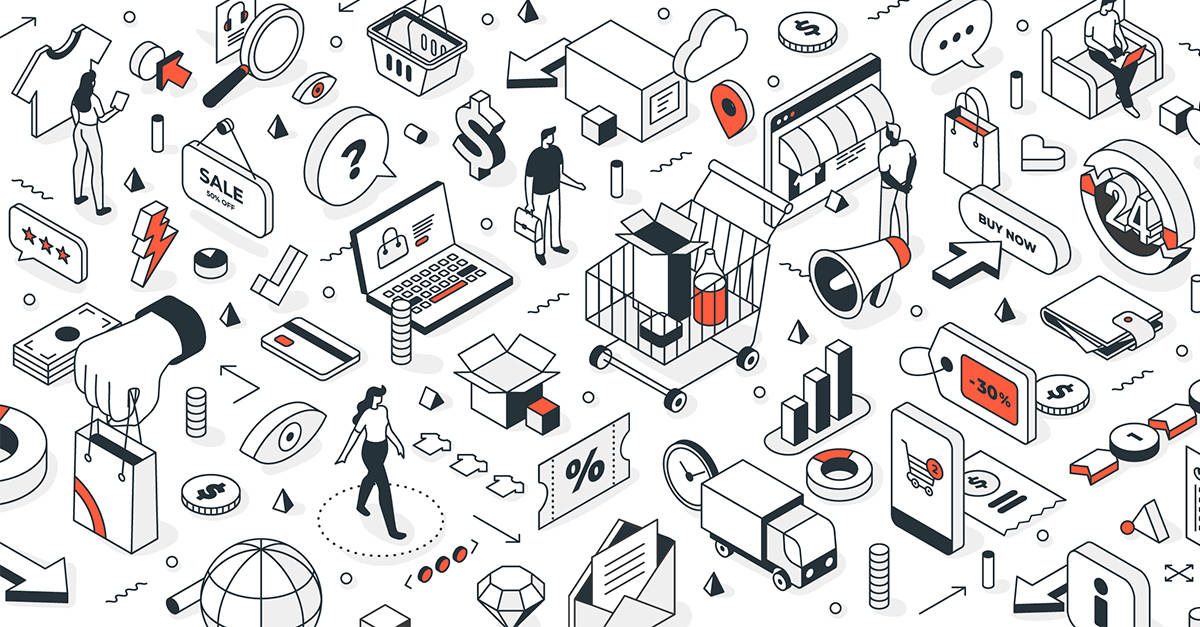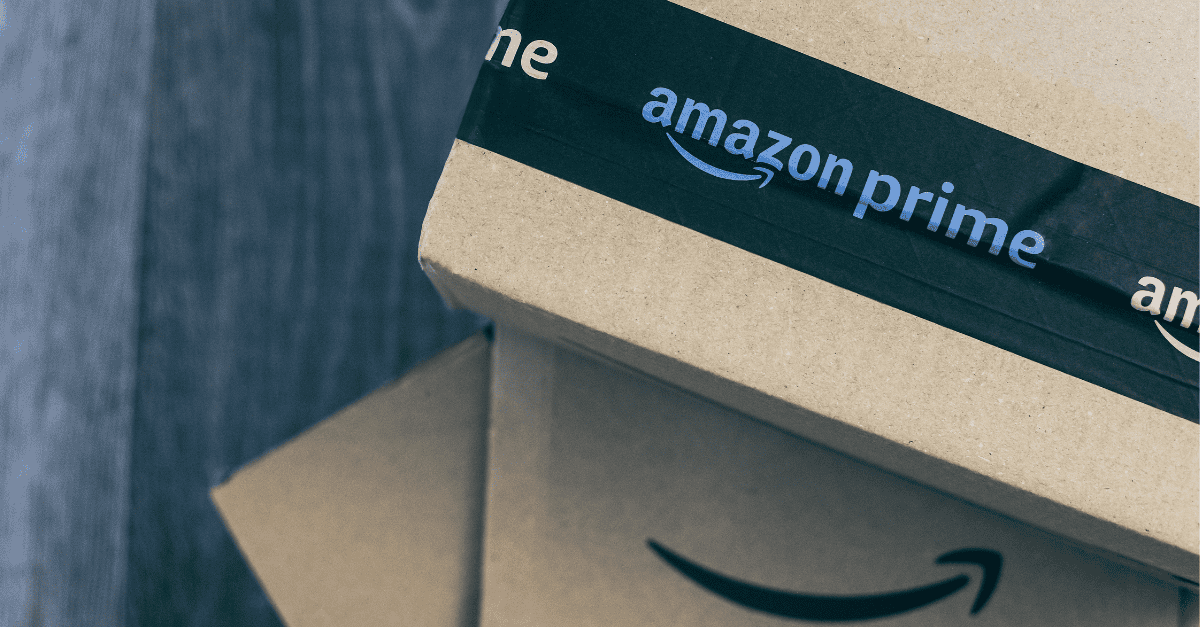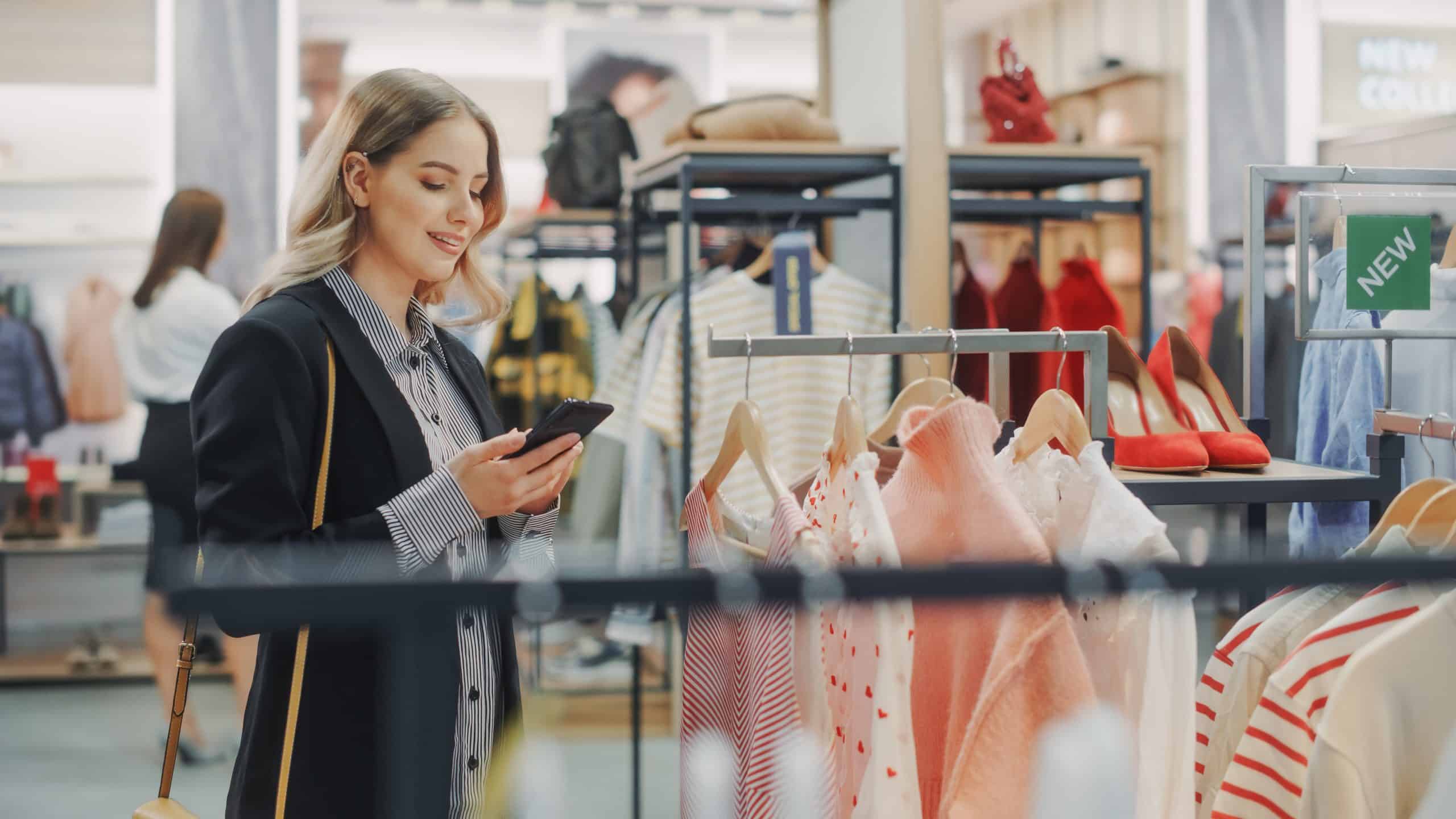
What we talk about when we talk about omnichannel customer experience
It’s not the metaverse, NFTs, AI-powered chatbots, augmented reality, or even a high-tech flagship. To enhance the retail customer experience, brands must focus instead on the technology that already has years of proven ROI.
The technology that drives traffic, converts sales, improves satisfaction, and keeps customers coming back.
In this post, we explore how leading brands are using technology to meet changing behaviours and expectations, and share tools that retailers can use to improve their own customer experience.
A good customer experience is a connected one
Customer experience (CX) is a customer’s perception of a brand based on each interaction they have with its products, channels, systems and employees throughout their buying journey.
This perception has a big impact on business, as 90% of consumers spend more when they have a good experience with a brand, and 93% are more likely to become repeat customers.
Physical and digital experiences both affect the overall customer experience, and retailers should therefore treat their brick-and-mortar and e-commerce stores as partners, each working together to enhance the other and deliver a cohesive experience.
This is omnichannel retail, which provides shoppers with a seamless experience as they move from one sales or media channel to the next. For example, a customer might discover a product on social media, research using their mobile device, check stock availability on a desktop, visit your store to view the product, then finalise their purchase for home delivery through your app.
What is a good e-commerce browsing experience in 2023? Find out here.
Almost a third of shoppers regularly use three or more channels to browse, research and complete a transaction – and they’re using digital channels even while they’re in-store. According to Deloitte, more than half of consumers prefer to use their own device in-store to look up pricing, product information and stock availability, rather than consult a store associate.
That’s certainly not to say that the store associate is redundant, but making it easy for your customers to shop on their terms will only help to build a positive perception of your brand.
In retail, change is inevitable. Transformation is optional.
Retail has long been at the forefront of digital disruption, with the constant emergence of new shopping channels and the resulting shift in consumer behaviours. But the past few years have truly tested the industry’s ability to adapt to change.
By early 2020, the retail landscape had already been completely reshaped by e-commerce, with the ‘retail apocalypse’ seeing record numbers of store closures. Then, COVID-19 accelerated e-commerce growth by four to six years as consumers were forced to do more of their shopping online in lockdown.
Many retailers were not prepared to move their businesses online and experienced declining profits. Others reaped the rewards from years of investment in digital capabilities. Their flexible operations enabled them to rapidly respond to fluctuating inventory needs, implement alternative fulfilment methods, refocus the work of employees, and engage customers with new and improved services.
These digital capabilities remain relevant post-pandemic – in fact, they are now essential to creating an exceptional retail experience.
While behemoths like Amazon had set the standard on product availability, seamless checkout and convenient fulfilment, efforts across the wider e-commerce playing field have pushed customer expectations even higher. We are now in an age of hyper-convenience, and as shoppers increasingly return to stores, they’re taking their heightened expectations with them.
What do customers expect from the store experience?
Much of the discourse around in-store CX in recent years has focused on the element of ‘surprise and delight,’ using the latest in experiential technology – augmented reality, virtual reality, 3D printing, interactive displays – to deliver unexpected and engaging experiences. But these innovations are expensive and a return on investment can be difficult to measure.
More importantly, they’re not actually the experiences that shoppers are asking for.
Consumer research carried out by The Verde Group found that what consistently ‘surprised and delighted’ shoppers was exceptionally great service. The highest-ranked features of great service were:
- Well-stocked product inventory
- Easy, problem-free shopping
- Great apps or websites that improve the in-store and online shopping experience
- Store associates who go above and beyond to help customers find the right products
- Hassle-free returns
Evidently, retailers don’t need to give shoppers shiny, new technology to play with. They just need to give them effective solutions that help them find the products they want, when they want them, and return them if they need to.
To survive the next wave of store closures, retailers will need to reinvent their in-store experience to meet customer expectations of convenience as effectively as e-commerce can, while delivering unique experiences that are only possible in person.
Exceptional experiences start with outstanding operations
While CX is often talked about as the frontend experience, it requires effective backend operations to seamlessly integrate physical and digital storefronts for a truly omnichannel experience.
This begins with company-wide inventory visibility. In order to offer customers the best possible choice of products, a retailer needs to make its entire inventory available for purchase through any touchpoint.
Once upon a time, an out-of-stock product was an unsold product. Now, if a product is unavailable in an e-commerce warehouse but is still available in a brick-and-mortar store, it can be displayed on the e-commerce site for sale. By utilising store stock to fulfil online orders, retailers can increase sales opportunities. For example, fashion retailer Jigsaw was able to increase their monthly sales by 32% by enabling Ship from Store.
Likewise, if a store has sold out of an item a customer wishes to purchase, but it is still available in another store or warehouse, it can be ordered on the shop floor for later collection or home delivery. As well as improving the in-store customer experience, this capability drives additional store revenue. Parisian designer clothing brand ba&sh has benefited from a 12% increase in store sales thanks to its Order in Store solution.
These capabilities require retailers to implement an Order Management System (OMS) that can intelligently orchestrate orders for in-store fulfilment. The OMS will select the optimal location to fulfil an order based on several factors, including stock levels, store capacity and efficiency, distance from the delivery address, carrier availability, and so on.
It then calculates a clear, accurate Delivery Promise – the date and time a customer can expect to receive their order – for each available fulfilment method and displays it on the e-commerce website or store app, dynamically updating as items are added to cart and the preferred pick-up store or delivery address is entered.
By fulfilling orders in-store, retailers can also offer customers new fulfilment methods that would usually not be possible from a warehouse, such as next-day and same-day delivery, as well as standard, same-day and express Click and Collect or Reserve and Collect.
In this way, retailers can reshape customer expectations around convenience to be about more than just speed. By offering a varied choice of fulfilment options, brands can give customers more reasons to shop with them based on their need of the moment – whether it’s a faster, cheaper or more sustainable way to get their order.
Learn how to deliver a better customer experience for home delivery and Click and Collect.
Once the order is placed, the OMS automatically calculates milestones that must be met to ensure the Delivery Promise is kept. These are displayed in the store app, so store associates know when they should have an order picked, packed and ready for pick-up by the customer or carrier.
Retailers must then keep customers updated on the status of their order. By integrating your OMS and CRM, automated post-purchase communications can be sent as milestones are met – or missed.
If an order is delayed, customers need to be informed of an updated delivery date. Many retailers don’t want to be the bearer of bad news, but customers will notice if their order hasn’t arrived when they expected it. Reset expectations with an apology and customers are less likely to remember delays in a negative light.
And the customer experience doesn’t stop once the order has been fulfilled. Providing a hassle-free returns process is just as essential to customer satisfaction – and sales. Research by payments provider Splitit shows that 52% of consumers have abandoned a purchase due to a difficult returns process. Retailers must therefore offer a range of simple returns methods, including self-service online returns, home collection, return to a drop-off point and, of course, in-store returns.
Personalise the experience with premium store services
While streamlined operations are the first step to a better customer experience, retailers with physical locations can go beyond convenience and connect with shoppers on an emotional level.
Consumers have become accustomed to shopping experiences that feel genuinely personal, as more and more interactions are driven by data. According to research from McKinsey, 71% of consumers expect brands to deliver personalised interactions – and 76% get frustrated when they don’t.
Luxury brands have always set the benchmark for personalised retail experiences, with highly trained and knowledgeable store associates delivering tailored customer service by appointment. The demand for increased personalisation has seen these strategies adopted across other sectors, particularly where customers can benefit from tailored or educational experiences.
For example, ÏDKIDS offers in-store appointments to provide expert advice and recommendations across a wide range of baby and children’s merchandise. The value of this service to the company’s customers is clear, with an average of 3,600 appointments booked each month since January 2021.
Premium fashion retailer Hobbs has also launched one-on-one personal styling appointments in-store and online. Customers simply answer a few questions about their sizing, budget, likes and dislikes, and what they’re looking for, and book an appointment at a time of their choosing. This information is then made available to store associates, allowing them to prepare a fitting room with a selection of relevant pieces, ready for the customer’s arrival.
Virtual appointments offer an additional element of convenience, allowing customers to benefit from the undivided attention of a store associate on their own time, in their own space. This convergence of customisation and convenience is appreciated by shoppers – at Hobbs, 35% of all appointments booked are virtual appointments.
Opportunities to personalise the customer experience exist in every encounter. When a customer visits a store to return an item, store associates should have access to the customer’s previous purchases and the reason for this return. Now, they have an opportunity to offer support and advice on alternative products that may better fulfil the customer’s wants and needs.
Knowledge is power: what retailers can do next
1. Focus on the KPIs that impact the customer experience
Retailers have more data on customer behaviour than ever before, but not all know how to use it. If your data is currently stuck in a spreadsheet, it’s unlikely you’ll be able to adapt quickly to changes in customer needs. However, if your OMS is equipped with a Business Intelligence solution, you’ll be able to monitor, understand and respond to any problems that arise, or take advantage of opportunities, and continuously improve your customer experience.
Just a few of the key areas of insight that can improve the customer experience include: order cancellation rates and reasons, which can highlight stock or staffing requirements; return rates and reasons, which can identify merchandising or product issues; and even usage rates, which can help retailers understand where store staff may need more training. With real-time, data-driven dashboards, retailers can keep up with customer expectations and stay ahead of the competition.
2. Review your customer experience vs. customer expectations
As we’ve outlined in this article, today’s consumers have high expectations of brands, whether they’re shopping in-store or online. So, how does the service you provide stack up against the service they’re expecting? To help you benchmark your existing customer experience, OneStock has created the Customer Experience Index (CXI).
Our scoring system has been designed to highlight the omnichannel capabilities of a retailer and compare them to competitors in the same sector and the wider retail industry. Your CXI report will identify areas for improvement and offer detailed guidance on the omnichannel initiatives that will both enhance the customer experience and deliver a rapid return on investment.


